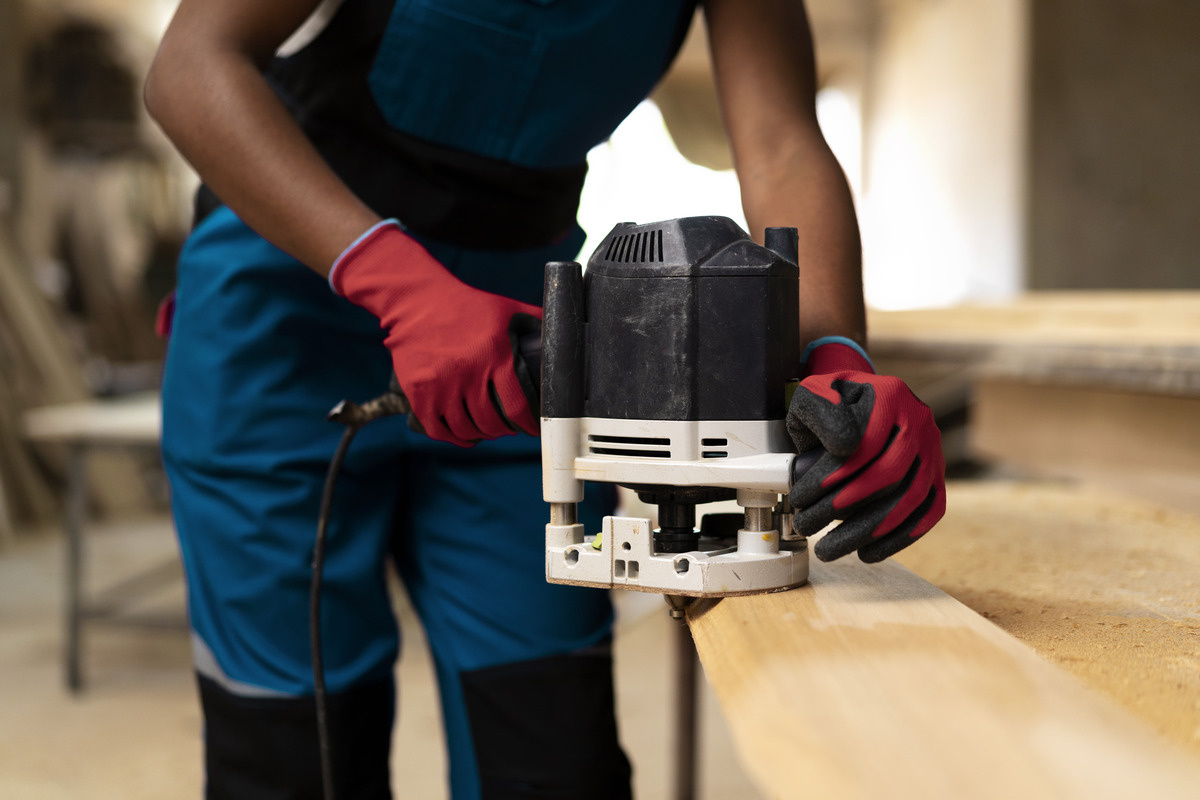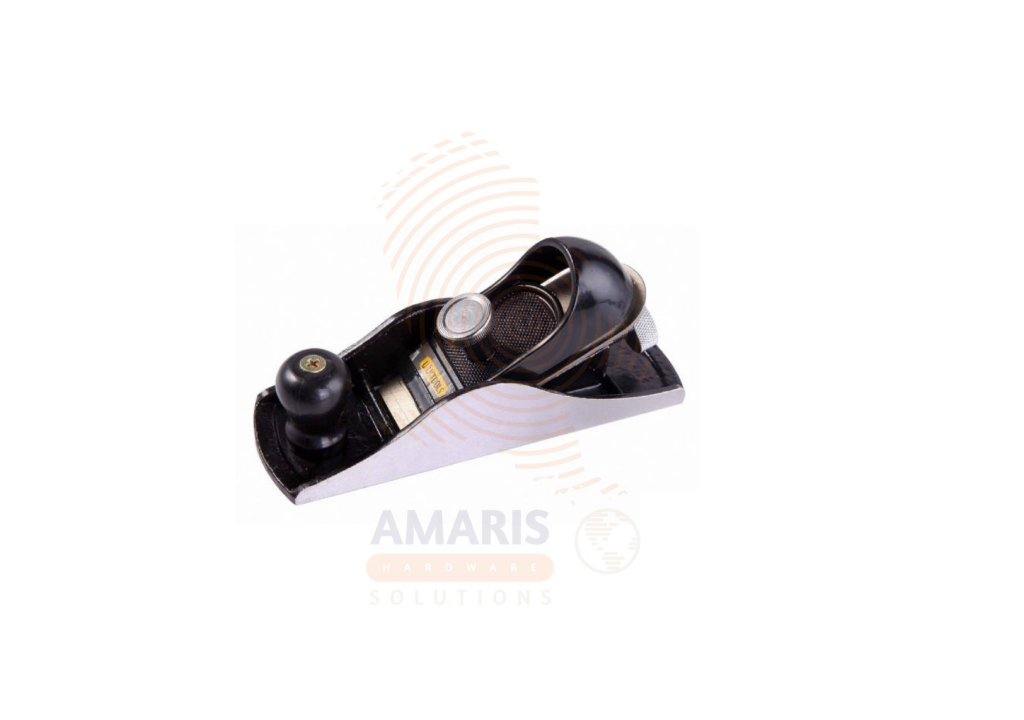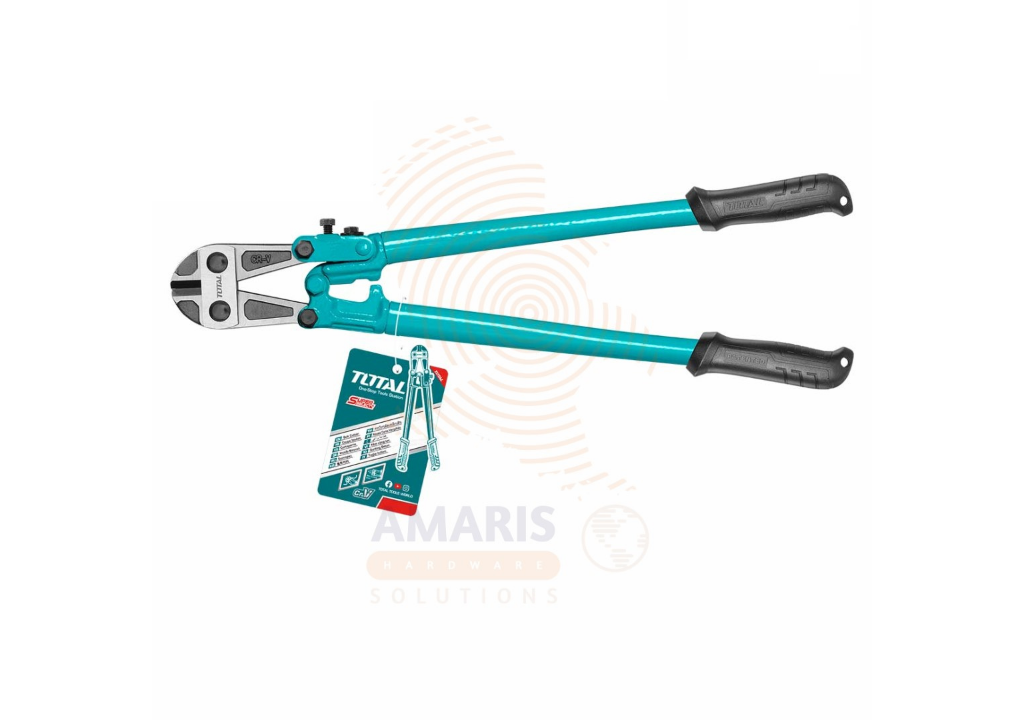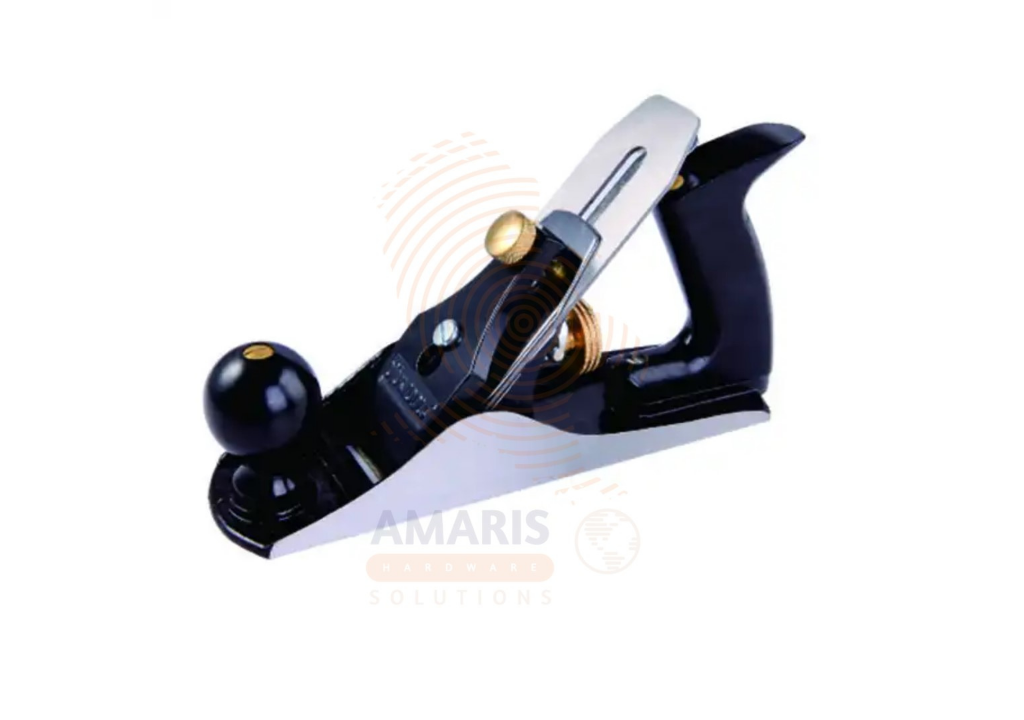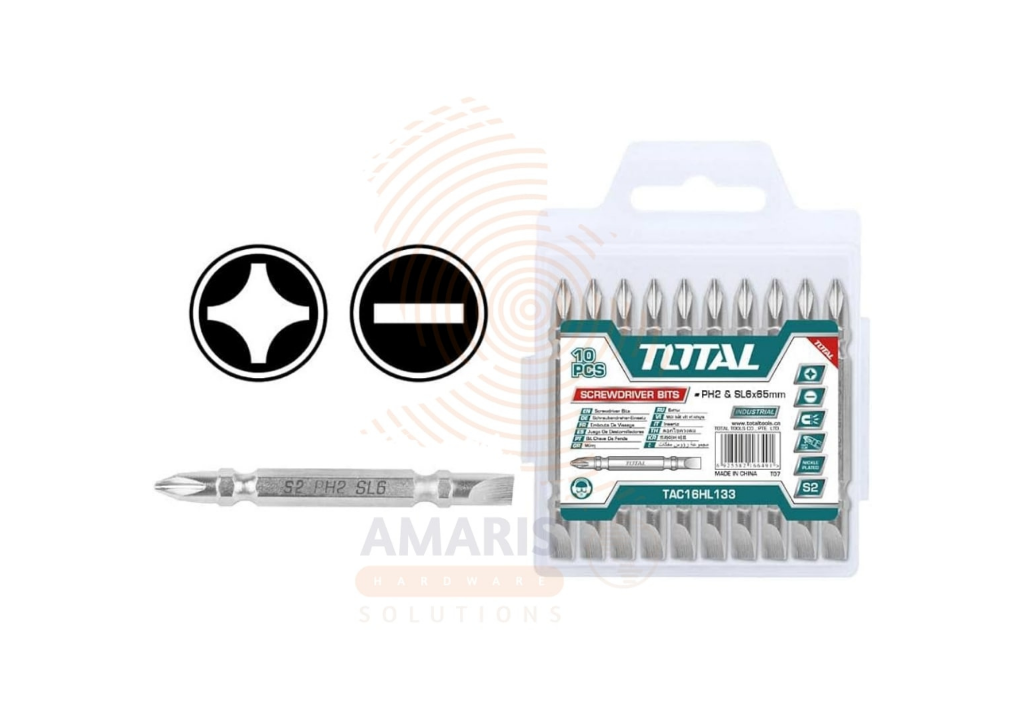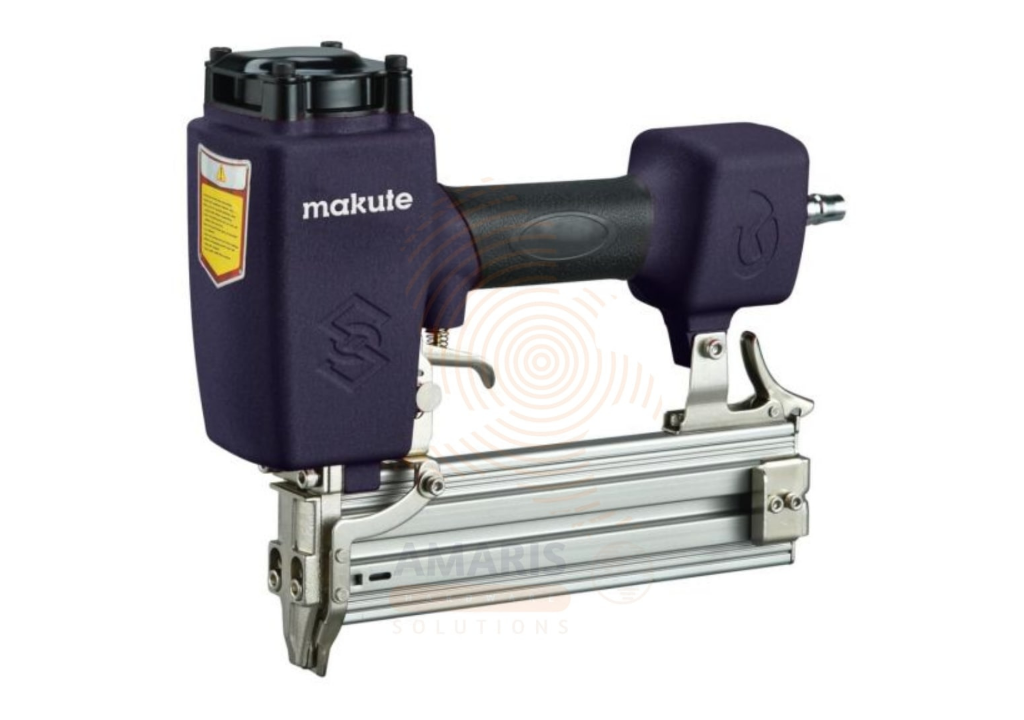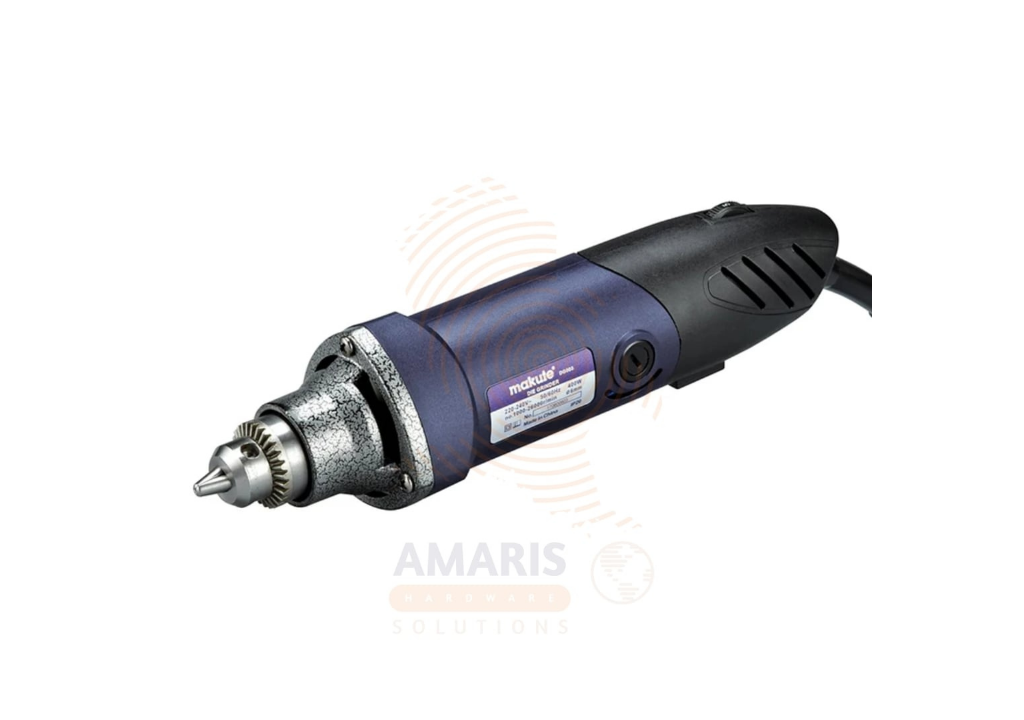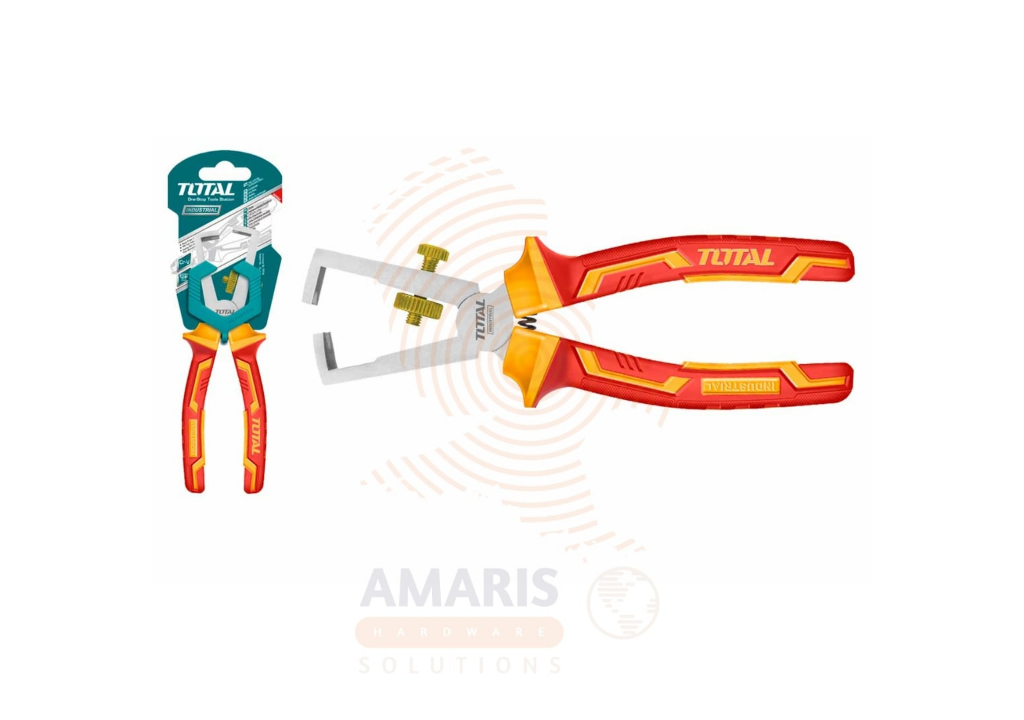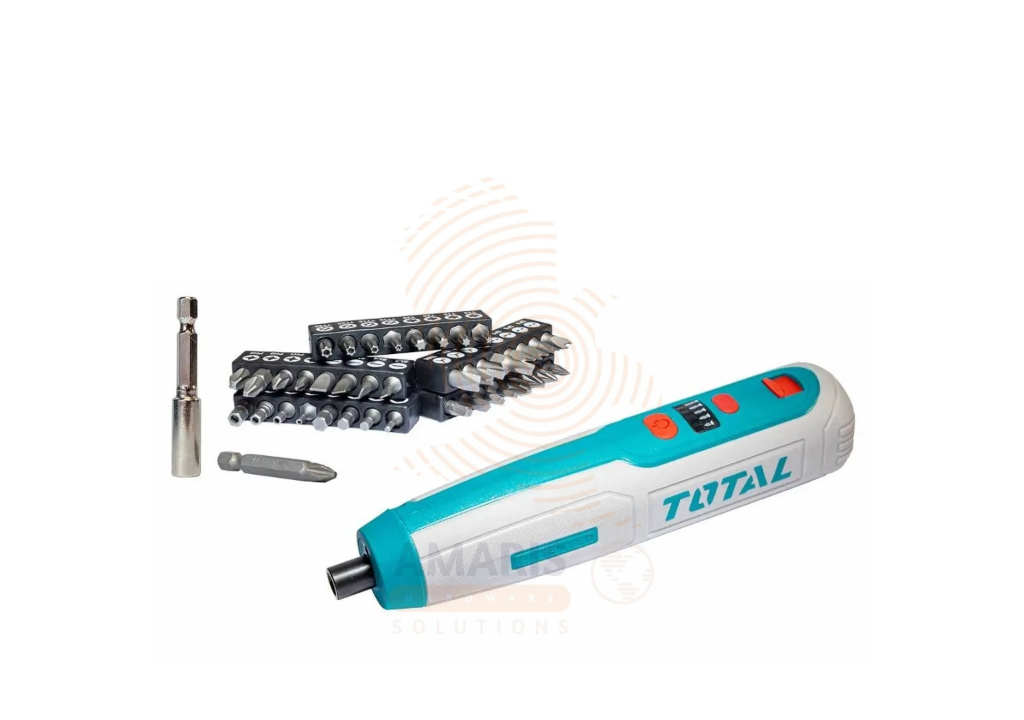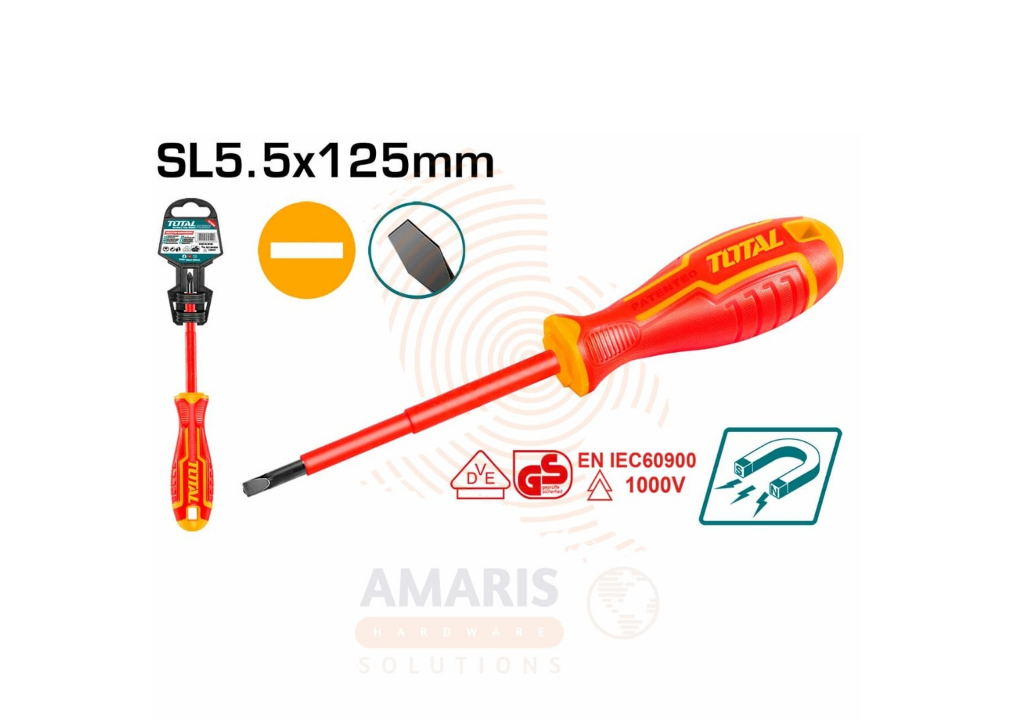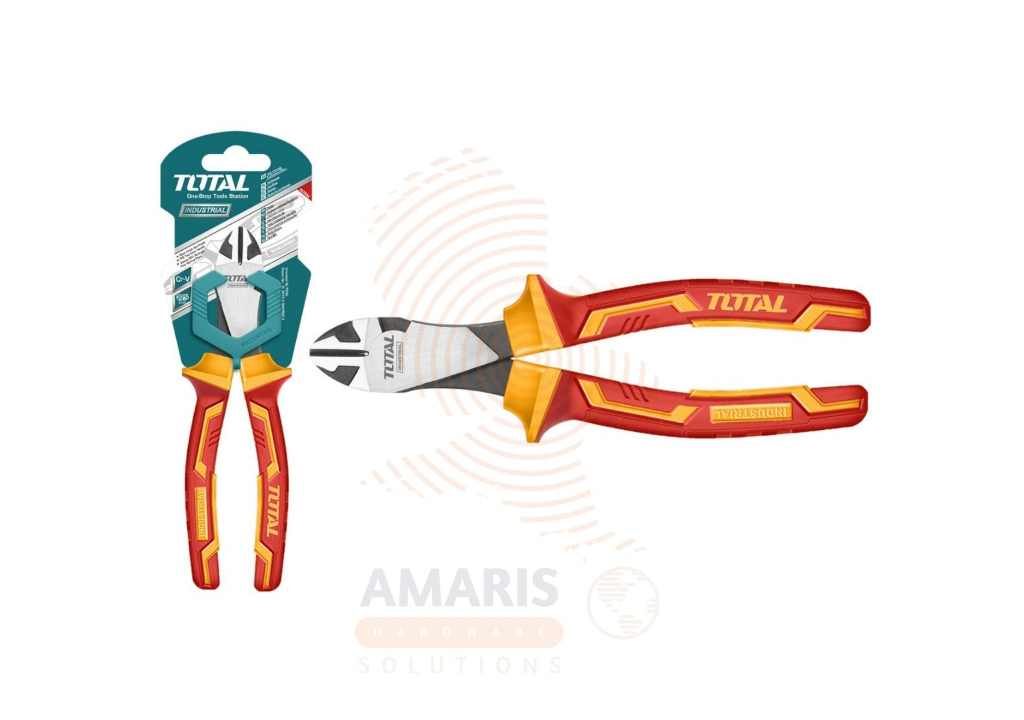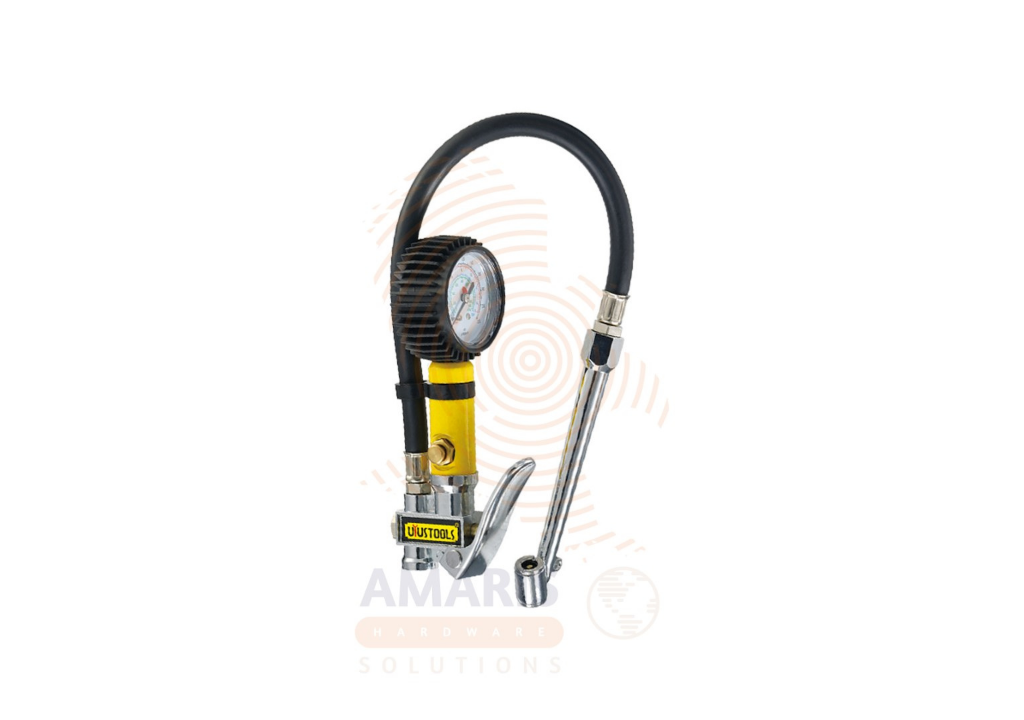“Cut Through Like a Pro: The Power of Aviation Snips” ✈️✂️
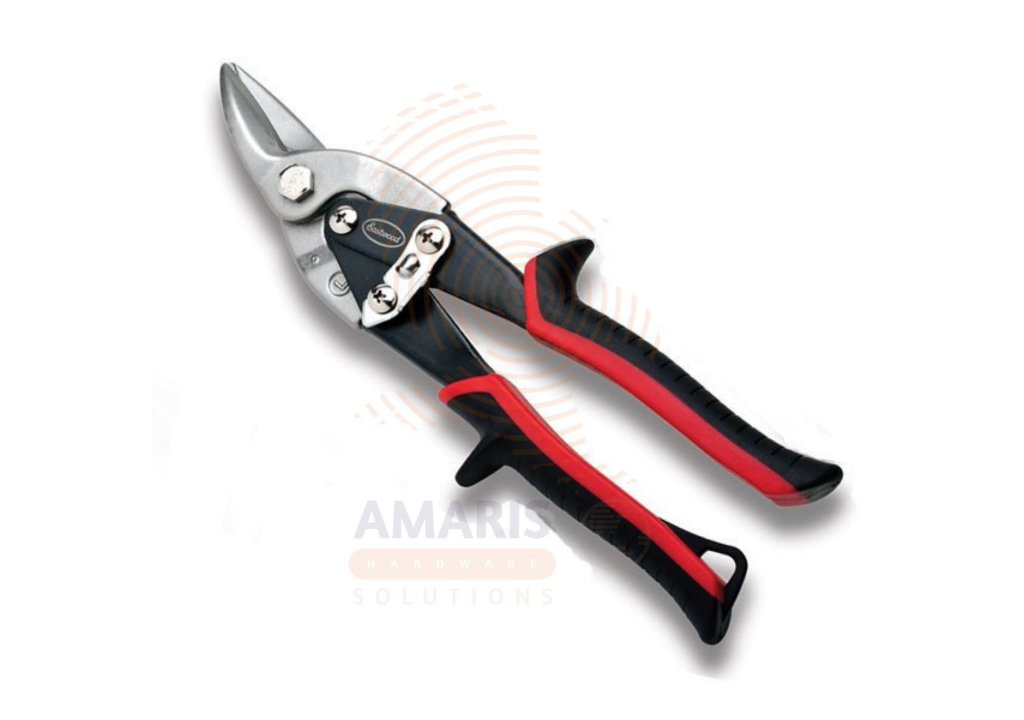
When it comes to cutting sheet metal, wire mesh, or aluminum siding, not all cutting tools are created equal. For precision, comfort, and efficiency, the Aviation Snip reigns supreme. Whether you’re a professional metalworker, a DIY enthusiast, or someone who occasionally tackles home repairs, this little powerhouse deserves a spot in your toolbox.
At Amaris Hardware Solutions, we see aviation snips fly off the shelves—no pun intended—because once people try them, they wonder how they ever managed without them. From clean, accurate cuts to ergonomic comfort, this tool proves that small size doesn’t mean small performance.
What Are Aviation Snips? 🛠️
Aviation snips, sometimes called “compound snips” or “tin snips,” are specialized cutting tools designed to slice through sheet metal and similar materials with ease. Unlike regular scissors, they use a compound leverage mechanism that multiplies your hand force, making it much easier to cut through tough materials.
They were originally developed for aviation manufacturing (hence the name), but now they’re widely used in construction, HVAC work, automotive repair, and general maintenance.
Types of Aviation Snips & Their Uses ⚙️
Aviation snips come in three main types, each with a specific purpose:
- Straight-Cut Snips (Yellow Handles) – Perfect for straight lines and gentle curves.
- Left-Cut Snips (Red Handles) – Designed for cutting curves to the left.
- Right-Cut Snips (Green Handles) – Best for cutting curves to the right.
By having all three types, you can handle almost any metal-cutting task without awkward hand positioning or jagged edges.
Why Aviation Snips Beat Ordinary Metal Shears 💪
- Compound Leverage Action – Less effort, more power.
- Precision Cutting – Clean edges without bending the material.
- Comfort Grip Handles – Reduce hand fatigue during long jobs.
- Durability – Hardened steel blades last through heavy use.
- Versatility – Works on sheet metal, vinyl siding, plastic, and even leather.
Where Aviation Snips Shine 🌟
- HVAC Installation – Cutting ductwork quickly and accurately.
- Roofing Projects – Trimming metal roofing panels or flashing.
- Automotive Work – Modifying body panels or cutting sheet parts.
- DIY Repairs – From gutter fixes to craft metalwork.
How to Use Aviation Snips Properly 📏
- Choose the Right Snip – Match the handle color/type to your cut direction.
- Mark Your Cut – Use a marker or scribe for accuracy.
- Secure the Material – Clamp if necessary to avoid movement.
- Cut Smoothly – Let the snip’s leverage do the work; don’t force it.
- Protect the Edges – Deburr or smooth sharp edges after cutting.
Safety Tips 🦺
- Always wear cut-resistant gloves to avoid injuries from sharp metal edges.
- Keep your hands away from the cutting path.
- Store snips with the latch closed to prevent accidental cuts.
Why Get Your Aviation Snips from Amaris Hardware Solutions? 🏬
Our aviation snips are built to meet professional standards—sharp, durable, and comfortable in hand. We stock:
- Precision Ground Blades – For smooth, accurate cuts.
- Ergonomic Handles – With anti-slip grips for safety.
- Heavy-Duty Steel Construction – To handle repeated, tough jobs.
- Variety Packs – So you can get left, right, and straight snips in one go.
Whether you’re a contractor who needs reliable tools on-site or a weekend DIYer looking to make cleaner cuts, we have aviation snips that won’t let you down.
Final Thoughts 🚀
The Aviation Snip might look small, but it packs a mighty punch in terms of functionality and reliability. From precise curves to long, straight cuts, it handles jobs that would leave ordinary scissors in the dust.
With a good set in your toolbox, you’ll be ready for anything—whether it’s building ductwork, trimming a roof panel, or crafting something unique from sheet metal. And when you get them from Amaris Hardware Solutions, you know you’re getting a tool designed to last.


 Acrylic Sealants
Acrylic Sealants Construction Adhesives
Construction Adhesives Double-Sided Tape
Double-Sided Tape Duct Tape
Duct Tape Electrical Tape
Electrical Tape Epoxy & Resins
Epoxy & Resins Masking Tape
Masking Tape
 Automotive Wrenches & Socket Sets
Automotive Wrenches & Socket Sets Battery Chargers & Jump Starters
Battery Chargers & Jump Starters Car Jacks & Stands
Car Jacks & Stands Car Wash & Detailing Products
Car Wash & Detailing Products Diagnostic Tools
Diagnostic Tools Tire Inflators
Tire Inflators Vehicle Lighting
Vehicle Lighting Oil & Lubricants
Oil & Lubricants
 Adhesives & Sealants
Adhesives & Sealants Bricks & Blocks
Bricks & Blocks Cement & Concrete
Cement & Concrete Drywall & Plaster
Drywall & Plaster Flooring (Tiles, Wood, Laminate)
Flooring (Tiles, Wood, Laminate) Lumber & Plywood
Lumber & Plywood Paints, Primers & Coatings
Paints, Primers & Coatings Insulation Materials
Insulation Materials Roofing Materials
Roofing Materials
 Circuit Breakers
Circuit Breakers Electrical Cables & Wires
Electrical Cables & Wires Switches & Sockets
Switches & Sockets Fuses & Relays
Fuses & Relays Connectors & Terminals
Connectors & Terminals Electrical Boxes & Panels
Electrical Boxes & Panels Conduit & Fittings
Conduit & Fittings Lighting Fixtures & Bulbs
Lighting Fixtures & Bulbs Extension Cords & Power Strips
Extension Cords & Power Strips
 Anchors
Anchors Bolts
Bolts Clips & Clamps
Clips & Clamps Screws
Screws Nuts
Nuts Washers
Washers Rivets
Rivets Nails
Nails Threaded Rods
Threaded Rods
 Hammers
Hammers Measuring Tools (Tapes, Levels, Calipers)
Measuring Tools (Tapes, Levels, Calipers) Screwdrivers
Screwdrivers Pliers & Cutters
Pliers & Cutters Saws & Blades
Saws & Blades Chisels & Punches
Chisels & Punches Allen Keys & Hex Keys
Allen Keys & Hex Keys Ratchets & Socket Sets
Ratchets & Socket Sets Wrenches & Spanners
Wrenches & Spanners
 Power Tool Accessories (Blades, Bits, Discs)
Power Tool Accessories (Blades, Bits, Discs) Rotary Tools
Rotary Tools Saws (Circular, Jigsaw, Reciprocating)
Saws (Circular, Jigsaw, Reciprocating) Drills & Drivers
Drills & Drivers Grinders & Sanders
Grinders & Sanders Heat Guns
Heat Guns Nail Guns
Nail Guns Impact Wrenches
Impact Wrenches Batteries & Chargers
Batteries & Chargers
 Pipes & Fittings (PVC, Copper, PEX)
Pipes & Fittings (PVC, Copper, PEX) Plumbing Tools
Plumbing Tools Pumps & Motors
Pumps & Motors Sealants & Adhesives for Plumbing
Sealants & Adhesives for Plumbing Valves & Taps
Valves & Taps Water Heaters
Water Heaters Drainage Systems
Drainage Systems Faucets & Fixtures
Faucets & Fixtures Hoses & Tubing
Hoses & Tubing
 Hinges & Latches
Hinges & Latches Hooks & Brackets
Hooks & Brackets Window Hardware
Window Hardware Chains & Cables
Chains & Cables Casters & Wheels
Casters & Wheels Shelving & Storage Systems
Shelving & Storage Systems Door Handles & Locks
Door Handles & Locks Drawer Slides & Cabinet Hardware
Drawer Slides & Cabinet Hardware
 Personal Protective Equipment (PPE)
Personal Protective Equipment (PPE) Respirators & Masks
Respirators & Masks Safety Glasses
Safety Glasses Safes
Safes Security Cameras
Security Cameras Gloves
Gloves Helmets
Helmets Ear Protection
Ear Protection Fire Safety Equipment
Fire Safety Equipment Locks & Padlocks
Locks & Padlocks Motion Sensors & Alarms
Motion Sensors & Alarms
 Garden Fencing
Garden Fencing Garden Furniture Hardware
Garden Furniture Hardware Lawn Mowers
Lawn Mowers Trimmers & Edgers
Trimmers & Edgers Shovels & Spades
Shovels & Spades Rakes & Hoes
Rakes & Hoes Pruning Shears & Loppers
Pruning Shears & Loppers Watering Systems (Hoses, Sprinklers, Nozzles)
Watering Systems (Hoses, Sprinklers, Nozzles)
 Interior Paints
Interior Paints Paint Brushes & Rollers
Paint Brushes & Rollers Paint Strippers & Thinners
Paint Strippers & Thinners Paint Trays & Accessories
Paint Trays & Accessories Exterior Paints
Exterior Paints Spray Paints
Spray Paints Primers & Undercoats
Primers & Undercoats Varnishes & Stains
Varnishes & Stains
 Gaskets & Seals
Gaskets & Seals Hydraulic Fittings
Hydraulic Fittings Industrial Fasteners
Industrial Fasteners Industrial Hoses
Industrial Hoses Lubricants & Greases
Lubricants & Greases Metal Sheets & Bars
Metal Sheets & Bars Bearings & Bushings
Bearings & Bushings Belts & Pulleys
Belts & Pulleys
 HVAC Filters
HVAC Filters Insulation for HVAC
Insulation for HVAC Air Conditioners
Air Conditioners Refrigerants
Refrigerants Ventilation Ducts & Fittings
Ventilation Ducts & Fittings Thermostats & Controllers
Thermostats & Controllers Fans & Blowers
Fans & Blowers
 Pegboards & Hooks
Pegboards & Hooks Shelving Units
Shelving Units Storage Bins & Containers
Storage Bins & Containers Toolboxes & Tool Chests
Toolboxes & Tool Chests Workbenches
Workbenches Drawer Organizers
Drawer Organizers Labeling Supplies
Labeling Supplies
 Welding Accessories (Clamps, Brushes)
Welding Accessories (Clamps, Brushes) Welding Electrodes & Rods
Welding Electrodes & Rods Welding Helmets & Gloves
Welding Helmets & Gloves Welding Machines
Welding Machines Soldering Irons & Stations
Soldering Irons & Stations Flux & Solder Wire
Flux & Solder Wire
 Generator Accessories
Generator Accessories Inverters
Inverters Portable Generators
Portable Generators Power Inverters
Power Inverters Transfer Switches
Transfer Switches Diesel & Gasoline Generators
Diesel & Gasoline Generators
 Transport Equipment: Carts, Dollies, and Hand Trucks
Transport Equipment: Carts, Dollies, and Hand Trucks Storage Solutions: Pallets, Racks, and Containers
Storage Solutions: Pallets, Racks, and Containers Lifting Equipment: Hoists, Cranes, and Jacks
Lifting Equipment: Hoists, Cranes, and Jacks Conveyors and Accessories: Belts and Rollers
Conveyors and Accessories: Belts and Rollers